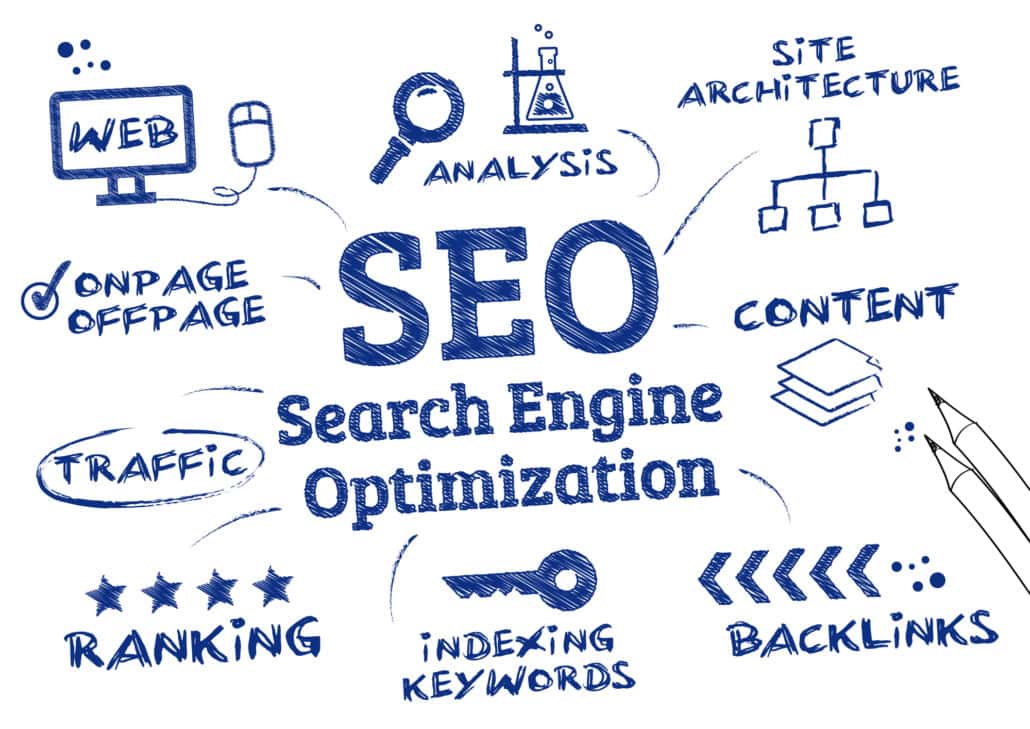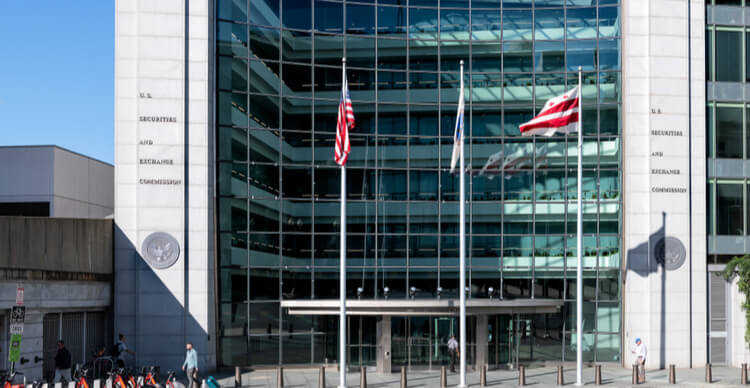In the ever-evolving landscape of digital innovation, AI-generated images have emerged as a fascinating and often perplexing frontier. From surreal art to bizarre creations, AI can produce images that challenge our perceptions and ignite our creativity. But how exactly do you request these images from Google, and what happens if your requests are a bit unconventional? In this guide, we'll explore how to ask Google to create AI-generated images, even if they’re out-of-the-box weird, and delve into the mechanics and implications of such a request.
Understanding AI-Generated Images
AI-generated images are created by algorithms that can analyze, interpret, and generate visual content. This process involves various AI models, including Generative Adversarial Networks (GANs) and neural networks, which can create everything from realistic portraits to fantastical landscapes. These images are produced by training the AI on extensive datasets of existing images, allowing it to generate new visuals based on patterns and features it has learned.
How to Ask Google for AI-Generated Images
Google does not have a direct, standalone service specifically for generating AI images like some dedicated platforms do. However, you can leverage Google's ecosystem and available tools to achieve similar results. Here’s a step-by-step guide on how to navigate this process:
1. Use Google’s AI-Powered Tools
Google offers several AI-powered tools and platforms that can help in generating images, albeit not always directly. Tools like Google’s Deep Dream or Google’s AutoDraw use AI in interesting ways:
Google Deep Dream: This tool enhances and modifies images using deep neural networks. By uploading a base image, you can create surreal, dream-like variations of your original visual.
Google AutoDraw: Although primarily a drawing tool, AutoDraw uses machine learning to suggest possible improvements and creative additions to your sketches, which can result in unexpected and interesting visuals.
2. Explore Google Arts & Culture
Google Arts & Culture leverages AI to offer various artistic experiences. The platform includes features like Art Transfer, which lets you apply artistic styles to your photos. While not generating entirely new images from scratch, this tool can transform your images into something remarkably unique.
3. Harness Google Colab
For those with a bit more technical expertise, Google Colab is a powerful tool for running Python code in the cloud. You can use it to access and run various AI models that generate images. Here’s a basic outline:
Find a Pre-Trained Model: Look for publicly available AI models, such as those hosted on GitHub or Google’s Model Zoo, which can generate images.
Set Up Your Colab Notebook: Create a new notebook in Google Colab and import the necessary libraries and models.
Input Your Prompts: Depending on the model, you may be able to provide textual descriptions or other inputs to guide the image generation process.
Run the Model: Execute the code to generate images based on your prompts.
4. Use Third-Party AI Image Generators
While Google itself may not directly offer all AI image generation services, several third-party platforms integrate with Google’s technology and provide robust options:
DALL·E 2: Developed by OpenAI, this model generates images from textual descriptions. You can access it through various online platforms or APIs that integrate with Google services.
Midjourney: Another popular tool that generates unique images from text prompts. It operates through a Discord server where you can interact with the bot to create images.
DeepArt.io: This service allows you to turn your photos into artworks using AI. You can experiment with various styles to get unique results.
5. Experiment with Google Cloud AI
Google Cloud offers AI and machine learning services that can be customized for various applications, including image generation:
Google Cloud Vision AI: While primarily used for image analysis, you can use its API in creative ways to modify or enhance images based on AI-driven insights.
Google Cloud AutoML: You can train custom models to generate images or manipulate visuals based on your specific needs.
Dealing with Weird Requests
When it comes to generating "super weird" images, the AI's ability to produce unconventional visuals largely depends on the models and parameters used. Here’s how you can push the boundaries:
1. Play with Abstract Prompts
Use imaginative and abstract descriptions in AI models to get unconventional results. For example, instead of asking for "a sunset," try "a sunset melting into a cosmic sea of colors." This approach can lead to more surreal and unique images.
2. Combine Unusual Elements
Mix disparate elements in your prompts to create bizarre images. For instance, ask for "a futuristic cityscape with floating giant jellyfish" or "a medieval knight riding a neon unicorn through a digital forest."
3. Adjust Model Parameters
When using tools like Google Colab, experiment with different model parameters such as creativity levels, style influences, and image resolutions. Increasing creativity settings or using experimental models can result in more unusual outputs.
4. Iterate and Refine
Don’t be afraid to iterate. Generate multiple images, tweak your prompts or parameters, and refine your requests based on the results. This process often leads to discovering unexpected and interesting visual outputs.
The Implications of AI-Generated Images
Creating AI-generated images, especially those that are intentionally weird or unconventional, opens up several intriguing possibilities and raises important considerations:
1. Creative Exploration
AI-generated images can serve as a tool for artists, designers, and creatives to explore new styles and concepts. By experimenting with unusual prompts, you can push the boundaries of traditional art and discover novel visual expressions.
2. Ethical Considerations
As with all AI technologies, ethical considerations are crucial. Ensure that the images generated do not perpetuate harmful stereotypes or infringe on intellectual property rights. Use AI responsibly to foster creativity and innovation while respecting ethical boundaries.
3. Impact on Art and Design
AI’s role in art and design is transformative, offering new ways to create and visualize. As technology advances, AI-generated images may increasingly influence artistic trends, design aesthetics, and visual communication.
Asking Google to generate AI images, even if they are super weird, involves leveraging a combination of Google's tools, third-party platforms, and creative experimentation. By understanding the available resources and employing imaginative prompts, you can unlock the full potential of AI-generated visuals. Whether you’re looking to create surreal art, explore new design concepts, or simply have fun with unconventional requests, AI image generation offers a world of possibilities waiting to be explored. Embrace the weird, and let your creativity run wild with the power of AI.
FAQs
Q1: Can Google directly generate AI images for me?
A1: Google itself does not offer a direct service for generating AI images. However, you can use various Google tools and platforms, such as Google Deep Dream, Google Arts & Culture, and Google Colab, to create or enhance images using AI technology. Additionally, third-party platforms that utilize Google’s technology can also be used to generate AI images.
Q2: What is Google Deep Dream, and how can I use it?
A2: Google Deep Dream is an AI tool that enhances and modifies images to create surreal and dream-like effects. You can use it by uploading a base image to the Deep Dream Generator website or a similar tool that leverages Google’s Deep Dream technology. The AI will then apply its neural network algorithms to produce unique and often bizarre visual variations of your image.
Q3: How does Google Arts & Culture help in creating AI-generated images?
A3: Google Arts & Culture features the Art Transfer tool, which allows you to apply various artistic styles to your photos. While it doesn’t generate images from scratch, it can transform your existing photos into artwork resembling different artistic styles, resulting in unique and creative visuals.
Q4: What is Google Colab, and how can it be used for AI image generation?
A4: Google Colab is a cloud-based platform for running Python code. It allows users to access and execute various AI models, including those for image generation. By setting up a Colab notebook and running code from pre-trained models or custom AI algorithms, you can generate images based on specific prompts or parameters.
Q5: What are some third-party platforms for AI image generation?
A5: Several third-party platforms can generate AI images and integrate with Google services. Notable examples include:
- DALL·E 2 by OpenAI: Generates images from textual descriptions.
- Midjourney: Creates unique images based on text prompts through a Discord server.
- DeepArt.io: Transforms photos into artworks using AI.
Q6: How can I make my AI-generated images look weird or unconventional?
A6: To create weird or unconventional images, try using abstract and imaginative prompts, combining unusual elements, and experimenting with model parameters. Adjusting creativity levels and using experimental models can also result in more unique and unexpected visual outputs.
Q7: Are there any ethical considerations when generating AI images?
A7: Yes, ethical considerations are important. Ensure that the generated images do not perpetuate harmful stereotypes or infringe on intellectual property rights. Use AI responsibly to foster creativity while respecting ethical boundaries and avoiding the creation of inappropriate or offensive content.
Q8: What impact might AI-generated images have on art and design?
A8: AI-generated images are likely to influence art and design by offering new ways to create and visualize concepts. They can push the boundaries of traditional art, introduce novel design elements, and inspire new artistic trends. The integration of AI in these fields continues to evolve and reshape creative practices.
Q9: Can I use Google’s AI tools to generate images without any technical knowledge?
A9: While some Google AI tools like Art Transfer and Deep Dream are user-friendly and don’t require technical expertise, others like Google Colab and custom AI models may require some programming knowledge. For non-technical users, exploring user-friendly tools and platforms that utilize Google’s technology can be a good starting point.
Q10: Where can I find more information about using AI for image generation?
A10: For more information, you can explore online resources and tutorials related to Google’s AI tools, third-party AI image generators, and programming with AI models. Websites like Google’s AI blog, AI research publications, and user forums for AI tools can provide valuable insights and guidance on generating and using AI-generated images.
Get in Touch
Website – https://www.webinfomatrix.com
Mobile - +91 9212306116
Whatsapp – https://call.whatsapp.com/voice/9rqVJyqSNMhpdFkKPZGYKj
Skype – shalabh.mishra
Telegram – shalabhmishra
Email - info@webinfomatrix.com

.jpg)
.jpg)







 English (US) ·
English (US) ·